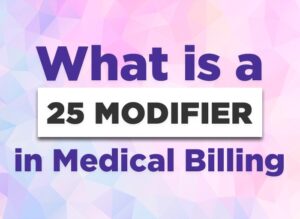

“Having a scribe in part frees me from emphasizing the data collection and documentation phases of an encounter. MORE TECHNOLOGY NEWS: 6 steps to avoid a health IT outage He’s found that using a scribe so improved his work/life balance and economics that he changed his mind about early retirement. “Patients appear to appreciate the increased direct attention, which we can give them due to the assistance of the scribe in data entry,” he says.
MEDICAL SCRIBE DEFINITION PROFESSIONAL
Hans Haydon, MD, internal medicine section chief for Seton Medical Center Austin, says professional scribes are unassuming during a visit, blend in to the exam room and do not insert themselves into the discussion. “The results of the study revealed that scribes appear to be a promising strategy to improve physician efficiency and reduce burnout.”

“We know that for patients, direct face time with their physicians is a key contributor to their satisfaction,” Lin says. The study also found that these improvements are achieved without detracting from patient satisfaction. “When supported by scribes, physicians were more satisfied with their overall work day, more satisfied with the amount of time they spent face-to-face with patients, more satisfied with both the quality and accuracy of their notes and more satisfied with their workload in terms of clinical documentation,” says study lead Steven Lin, MD, medical director of Stanford Family Medicine. RELATED: Payers becoming extreme headache for physicians Medical scribes are currently being used in more than 1,000 hospitals and clinics, and the American College of Medical Scribe Specialists estimates that by 2020 there will be more than 100,000 scribes working in the U.S.-a figure that represents one scribe for every nine physicians.Ī recent study by researchers at Stanford University School of Medicine revealed that medical scribes are responsible for significant improvements in overall physician satisfaction and charting efficiency.


 0 kommentar(er)
0 kommentar(er)
